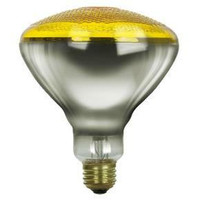-
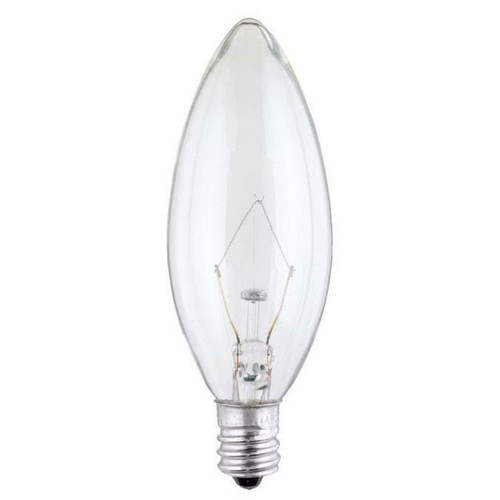
-
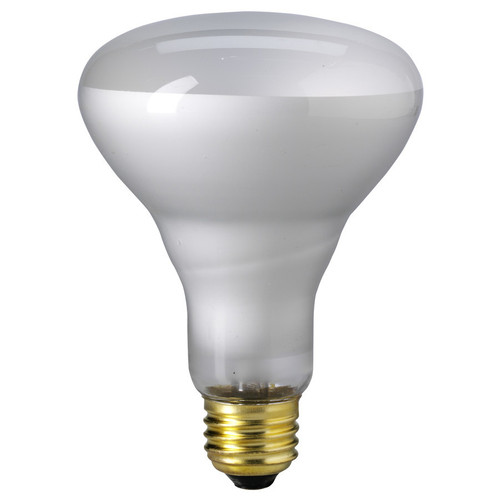
-
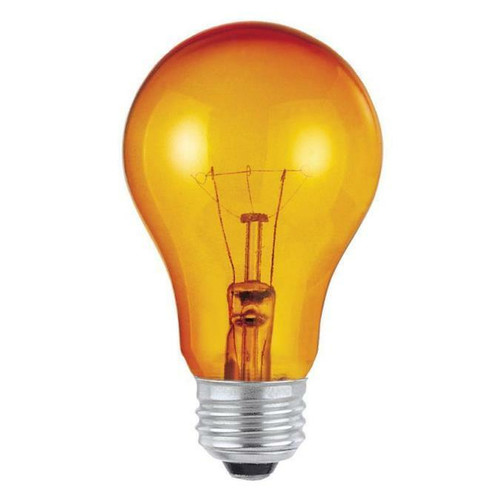
-
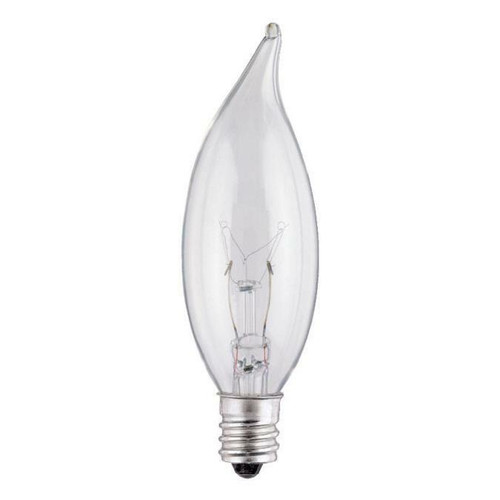
-

-

Halco Lighting Technologies
Halco Lighting Technologies BR30FL65 104070 65W BR30 Fl 130V 5M
-
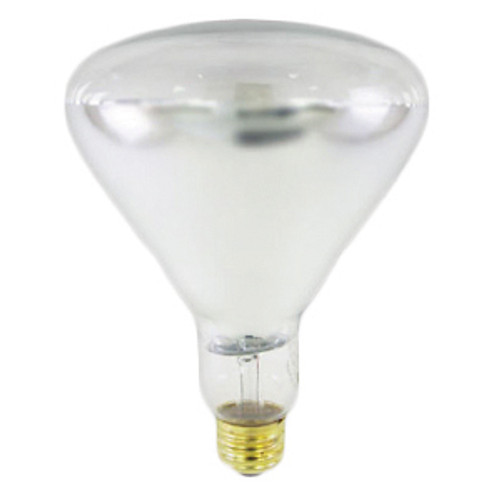
Lighting and Supplies
Lighting and Supplies LS-80502 250BR40/Clear/Heat/Tough Coat
Add to Cart$5.64 -

-
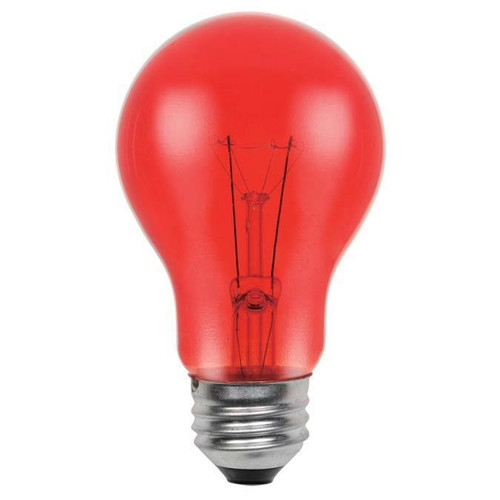
-

-

-

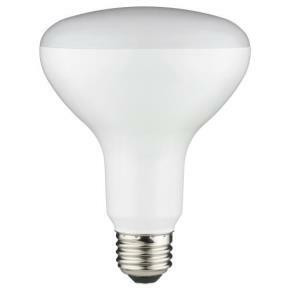
BR Light Bulbs
What are BR and PAR Light Bulbs?
There are more options than you think for LED and traditional lighting available in stores. You would need a book to understand some of the codes, electrical information, and specifications of different bulbs before you can find your perfect bulb.
This little guide will help you with that. Take the time to read this straightforward explanation of BR and PAR bulbs, and you will be way more confident and able to make a wiser bulb buying decision!
BR is a bulged reflector bulb produces a wide beam of softer light, while a PAR bulb is a parabolic aluminized reflector, and it produces a narrow beam of concentrated light.
What Is a Bulged Reflector (BR) Bulb?
An R bulb is a Reflector bulb, and a BR bulb is a Bulged Reflector bulb.
The BR bulb was made to replace the R and is an updated technology that is slowly becoming a more preferred bulb as the R is phased out. You will find many more BR then R bulbs in the market.
A reflector is the painted shiny surface circumventing the inside or outside of the bulb’s body. The role of any reflector inside a bulb is to direct the light that is radiated to the back of the bulb and reflect it out towards the lens.
The name ‘bulged’ comes from a physical feature designed to correct the inefficiency of an R bulb. A BR bulb is shaped to have an extra bulge at the neck of the bulb to include a reflecting surface area off of which the internal light can bounce back outwards, utilizing the full luminosity of the light!
The Difference Between BR and R
The R is shaped in a way that doesn’t make use of the light reflected back into the bulb, which would leak as the reflector ended just before the base.
This would unnecessarily light up the area behind the bulb, and a little luminosity was lost, making the bulb inefficient.
So you can see that a BR bulb is much more efficient and brighter than an R bulb with the same rating and wattage.
Apart from this physical change, BR and R bulbs are usually interchangeable, provided they are the same screw type and size.
The defining feature of BR/R bulbs is that they provide a broad beam of light, which is less concentrated and fills up a larger area with its diffused light effect.
Further, these bulbs are made of more fragile glass and are pretty lightweight.
BR30 and BR40 Type
The bulb code consists of a number after letters R or BR such as 20, 30, 40 etc. This is a measurement of the widest part of the bulb, broken down into 8ths of an inch. So a BR30 bulb’s diameter is 30/8 inches, or 3.75 inches (3 ¾”), and a BR40 is 40/8 or 5 inches across the diameter.
Usually, fixtures will not have much wiggle room. It is essential when you install or replace your bulbs that the diameter should be within the size of the fixture, such as recessed can lights.
The code does not refer to the screw type or size. Both BR30 and BR40 bulbs are interchangeable into the same slot, provided the width fits in the available fixture.
As with all LED technology versus the traditional filament bulbs, LED BR bulbs are much more energy-efficient and long-lasting.
A 65-90 Watt BR Type Incandescent or Halogen is designed to replace a 15-18 Watt BR Type LED bulb, with the latter having a life span of more than 20 years if used 3 hours per day.
As a general idea, a BR40 bulb usually has a higher wattage. It should be used in higher ceilings and bigger fixtures for a more filled out light, while a BR30 is designed for a standard height ceiling.
What is the Parabolic Aluminized Reflector (PAR)?
The name refers to the U-shape and a mirrored aluminum internal surface of the bulb. It is specialized in providing a highly directional beam with sharp edges, ranging between narrow (12°), medium (24°), and wide (70°) beam options.
Thus, PAR bulbs have two functions: floodlighting and spotlighting. For your intended use, read the bulb specifications and choose the appropriate beam-angle.
The PAR bulb has better photometric qualities since the light is quite bright and directed, and with higher luminosity. This graph by Vista displays the varying photometric qualities of a PAR36 bulb in relation to beam angle and wattage, for more technical readers.
Additionally, a PAR bulb was initially constructed to be used outdoors and thus is made of stronger and more durable glass. It is hermetically sealed, making it weather-proof.
In comparison to a BR bulb, the PAR bulb generally has a shorter neck and a flatter lens, and so they can sit higher inside a fixture. This prevents the bulb from peeking out of a fixture and looking unsightly, and it also helps in reducing glare.



